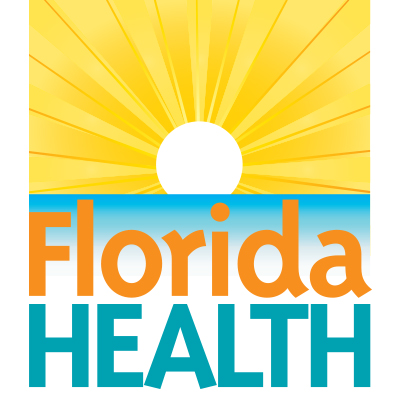
Santa Rosa County has one reported case of the flesh-eating bacteria vibrio vulnificus. Other counties in the region have attracted national media attention due to recent infections.
“We have had one case of vibrio vulnificus this year from exposure to salt water, and the individual recovered,” said Deborah Stilphen, a spokeswoman for the Santa Rosa County Health Department.
According to Stilphen, the bacteria was contracted in June. But she’s not disclosing the location.
“Generally, we don’t specify a location because people can come into contact with it in any body of warm, salty water. It occurs naturally in the environment. So, specifying a location could give the impression that if people avoid the area they won’t come into contact with it and they don’t need to take precautions,” Stilphen said.
Meanwhile, Mobile County Health Department in South Alabama is reporting four cases; one person reportedly consumed raw oysters in another state in March, another consumed raw oysters in Mobile County in April and the other two victims contracted vibrio in June from wounds which were exposed to the water in Mobile Bay and the Mississippi Sound.
Stilphen said those exposed to vibrio in warm salt water can get a skin infection that can lead to skin breakdown and ulcers.
Amputation can also be necessary and deaths have occurred from infected wounds, reports the University of Southern Mississippi’s Gulf Coast Research Laboratory.
However, according to Federal Drug Administration, 90 percent of all vibrio vulnificus illnesses in the U.S. result from consumption of raw Gulf Coast oysters.
Ingestion of the bacteria can cause vomiting, diarrhea and abdominal pain, Stilphen said. “For those with compromised immune systems, the infection can be serious and life-threatening.”
Tips to avoid infection include avoiding consumption of raw shellfish and keeping wounds out of warm, brackish water.
The Florida Department of Environmental Protection monitors local waterways, and their most recent readings from the end of June show water temperatures around 80 degrees.
DEP findings also show Gulf water at Pensacola Beach Fishing Pier had roughly 31.6 parts per thousand (ppt).
The salinity further inland, where freshwater infiltrates waterways, decreases. DEP measurements June 27 at Navarre Park showed 17.5 ppt and Oriole Beach was at 11 ppt.
“Salinities greater than 25 ppt reduce the survival of V. vulnificus in seawater,” states a National Institute of Health report on the survival of the bacteria.
Florida Department of Health records show Santa Rosa County had the following reported cases of vibrio over the past three years: one non-fatal case in 2014; two non-fatals cases in 2015; two non-fatal and one fatal case in 2016.
Escambia County had four cases between 2014 and 2016, including one fatality; Okaloosa County during that same period had only one non-fatal case.
Tips to help prevent vibro infection:
• Don’t get in brackish water with cuts and scrapes – if exposed wash area well with bottled water or hydrogen peroxide
• If your wound starts to swell and turn bright red go immediately to the closest emergency room and inform the attending physician about the suspected infection
• Do not eat raw oysters or other raw shellfish.
• Cook shellfish (oysters, clams, mussels) thoroughly.
• For shellfish in the shell, either boil until the shells open and continue boiling for 5 more minutes, or steam until the shells open and then continue cooking for 9 more minutes. Do not eat those shellfish that do not open during cooking. Boil shucked oysters at least 3 minutes, or fry them in oil at least 10 minutes at 375°F.
• Avoid cross-contamination of cooked seafood and other foods with raw seafood and juices from raw seafood.
• Eat shellfish promptly after cooking and refrigerate leftovers.
• Avoid exposure of open wounds or broken skin to warm salt or brackish water, or to raw shellfish harvested from such waters.
• Wear protective clothing (e.g., gloves) when handling raw shellfish.





































